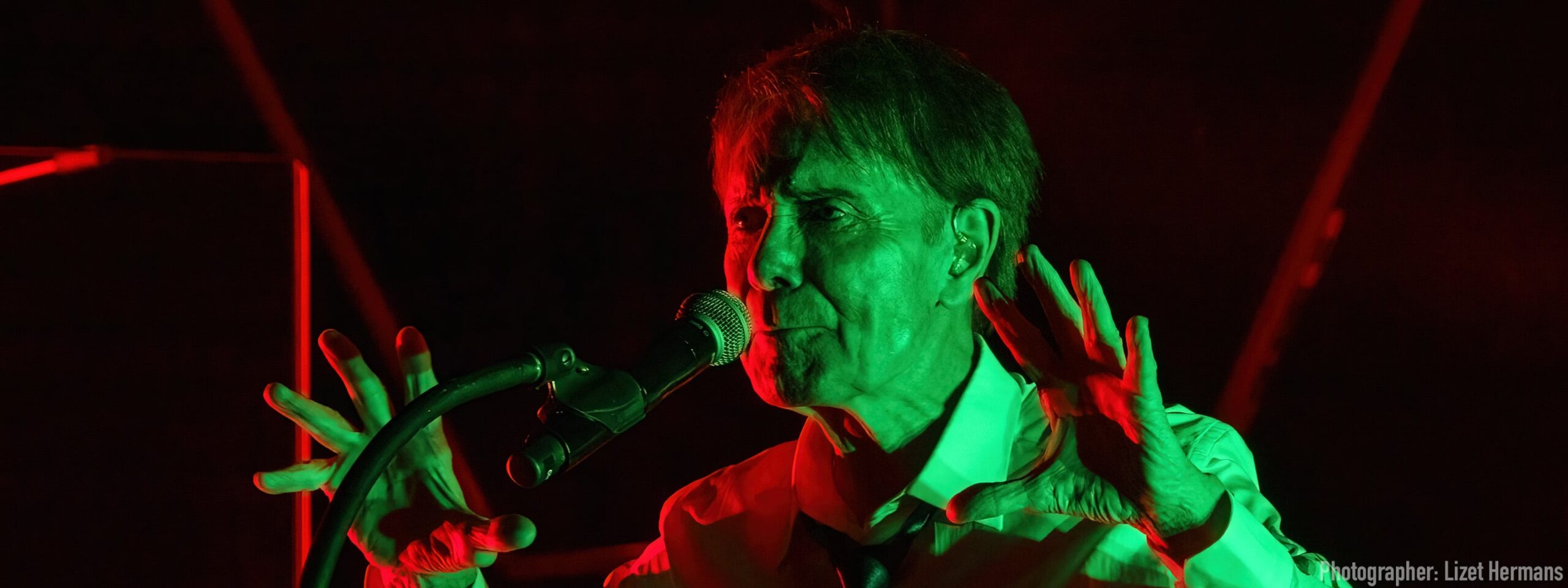
Introduction
The role of the Princess of Spain, now formally known as Leonor, Princess of Asturias, has garnered significant interest both nationally and internationally. As the heir presumptive to the Spanish throne, Princess Leonor’s life encapsulates a blend of tradition and modernity. Her responsibilities extend beyond ceremonial duties; she is viewed as a symbol of hope and continuity for Spain, particularly in times of political and social change.
The Significance of the Role
The Princess of Asturias title is somewhat akin to the Duchy of Cornwall in the UK, as it is traditionally bestowed upon the eldest child of the reigning monarch. Leonor, born on October 31, 2005, is the daughter of King Felipe VI and Queen Letizia. Since her birth, there has been a growing interest in her upbringing, education, and eventual ascension to the throne. Her role is vital for fostering national unity and representing Spain on the world stage.
Recent Events and Responsibilities
In recent weeks, the Princess has taken on more public engagements, reflecting the royal family’s aim to connect with younger generations, amidst a backdrop of increased scrutiny of the monarchy. In November, Leonor attended the annual meeting of the Princess of Asturias Awards in Oviedo, where she presented awards recognising individuals and organisations that have made noteworthy contributions to society. This event highlighted her growing engagement in royal duties.
Moreover, in a groundbreaking move, she recently delivered a speech in English and Spanish at an international summit on climate change, an important issue for today’s youth and a theme that resonates deeply within Spain.
Public Perception and Future Outlook
The public’s perception of the royal family has evolved considerably, particularly towards younger members like Leonor, as many Spaniards seek a monarchy that is more relatable and engaged. Polls conducted by various organisations have shown that the younger generations appreciate the royal family’s efforts to modernise and connect with societal issues. As Leonor transitions into her role, it is anticipated that she will advocate for important social issues, including education, climate change, and equality, which are vital for the Spanish populace.
Conclusion
In conclusion, the Princess of Spain is more than just an heir; she represents a vital link between the past and future of Spain’s monarchy. As she increasingly becomes a visible figure, her role will likely expand and evolve in response to societal needs and expectations. As Spain continues to navigate a complex political landscape, the significance of the Princess’s influence on national identity and the monarchy cannot be overstated. For readers, understanding her journey is fundamental not only in appreciating the royal family but also in recognising the changing nature of monarchy in contemporary society.
You may also like

The Enduring Legacy of Cliff Richard
